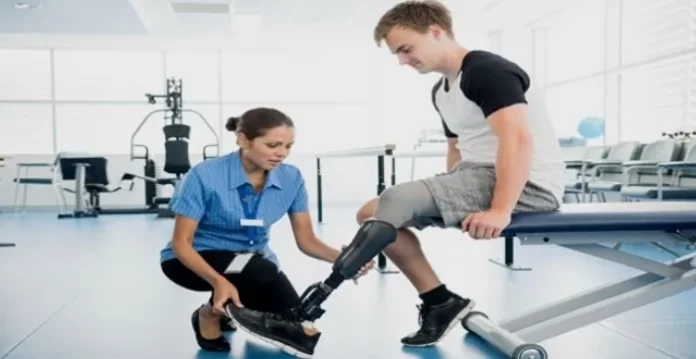Australia is dedicated to providing fair employment opportunities for people with disabilities, yet there’s always room for improvement in making workplaces more accessible.
For example, widening doorways, adding ramps alongside stairs, positioning switches within easy reach, and making sure bathrooms are disability-friendly can all make a workplace more welcoming for everyone.
While those without mobility challenges may not fully grasp the obstacles faced by those with restricted movement, it’s vital not to ignore the special needs of co-workers who need additional accommodations.
Cities such as Melbourne provide a variety of services to assist individuals with disabilities. Employers lacking these essential features should think about adding them to better serve both current and prospective employees with disabilities.
Install Ramps for Seamless Mobility
While ramps are common features in many Australian workplaces, they’re indispensable for staff who use wheelchairs or scooters.
Adjust Switches and Handles for Convenient Operation
By moving handles and switches to more accessible heights, those using wheelchairs or scooters can more easily operate them.
Widen Doorways to Ease Movement
Narrow doorways can be a hindrance for individuals using mobility aids. Expanding these doorways eases navigation and makes the workspace safer for everyone.
Update to Audio-Visual Fire Alarms
Replace older alarm systems with modern audio-visual fire alarms to safeguard all employees, particularly those who might have trouble accessing traditional alarms.
Ensure Disability-Friendly Restrooms
Australian workplaces are mandated to have restrooms that are usable by people with disabilities. Meeting this basic requirement is a key responsibility for any employer.
Additional Measures for Better Accessibility
Beyond these architectural adjustments, other supportive measures could include offering Braille documents, creating charging stations for electric scooters, and providing disability awareness training to staff.
Workplace inclusivity isn’t just about physical modifications; it’s also about creating a culture where everyone feels respected and valued, regardless of their abilities. Employers should continually work to close the accessibility divide between employees with and without disabilities, aiming for a more inclusive and supportive work environment for all.



























